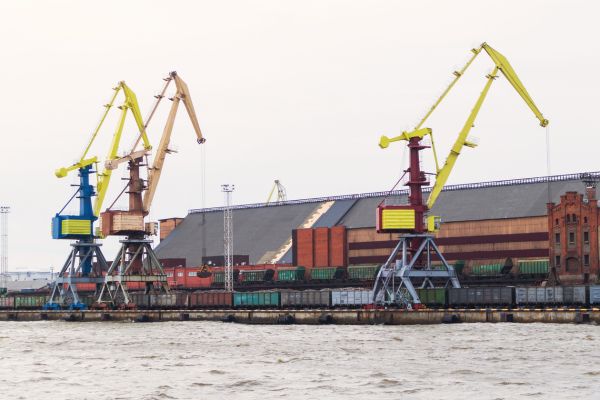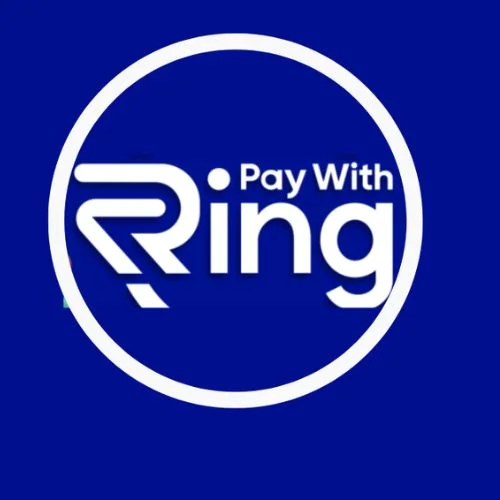Bangladesh has taken a momentous decision to grant India the authorization to utilize its ports, Chattogram and Mongla Ports, for the transit and transshipment of cargo vessels. The National Board of Revenue (NBR) in Bangladesh issued a permanent standing order following the successful trial runs for the operationalization and regular movement of goods.
This verdict is predicted to alleviate the burden of time and cost for transporting goods to India’s northeastern states and West Bengal while propelling regional connectivity in the Bay of Bengal.
This move is a consequence of bilateral discussions between officials of the two nations, aimed at tackling time and cost-related challenges previously faced by India when transporting goods to its northeastern states. The novel resolution to permit India’s access to Chattogram and Mongla ports is forecasted to alleviate these challenges, culminating in a reduction of transportation time and costs.

The significance of Chattogram and Mongla ports
Chattogram Port is the primary seaport of Bangladesh and is situated in the southeastern region of the country, alongside the Karnaphuli River. The port manages over 90% of the country’s export-import trade. On the other hand, Mongla Port is the second-largest seaport in Bangladesh, located near the Bay of Bengal’s coastline.
With the new decision, Indian traders will have access to these two ports, allowing them to transport their goods seamlessly. The use of Mongla port will also help India establish better connectivity of its northeastern states with other parts of the country by avoiding the narrow Siliguri Corridor, commonly known as the ‘Chicken’s Neck. This move is significant in strengthening ties between the two nations and is expected to be beneficial for both.
Routes identified for better connectivity
Eight routes have been identified for connecting India’s northeastern region through Bangladesh’s seaports. These include Chattogram or Mongla Port to Agartala (India) through Akhaura (Bangladesh), Chattogram or Mongla Port to Dawki in Meghalaya (India) via Tamabil in Sylhet city (Bangladesh), Chattogram or Mongla Port to Sutarkandi in Assam (India) through Sheola (India), and Chattogram or Mongla Port to Srimantpur in Tripura (India) via Bibir Bazar (India). These routes are expected to enhance regional connectivity while reducing transportation time and costs.
Charges applicable
The levies imposed by Bangladeshi harbors, the National Board of Revenue, customs, and other tax-collecting entities comply with the country’s tax and value-added tax regulations. The charges encompass document-related expenses, shipping costs, security and inspection fees, administrative levies, fees for electronic fasteners and seals, and expenses for accessing Bangladeshi thoroughfares, as articulated in the NBR’s directive.
Conclusion
The decision to allow India access to Chattogram and Mongla ports is a significant move towards promoting regional connectivity in the Bay of Bengal. The move is expected to reduce transportation time and costs for goods, thus benefitting both countries. It will also help establish better connectivity of India’s northeastern states with other parts of the country, avoiding the narrow Siliguri Corridor. The eight identified routes are expected to enhance trade relations between the two nations and are a result of bilateral meetings. The move is significant in strengthening the ties between the two nations and is expected to be beneficial for both.
The use of Chattogram and Mongla ports will not only reduce transportation time and costs but will also help promote regional connectivity in the Bay of Bengal. It will help in boosting the trade relations between the two nations, creating more opportunities for trade and commerce. The move is a step towards creating a more integrated and connected South Asia.















